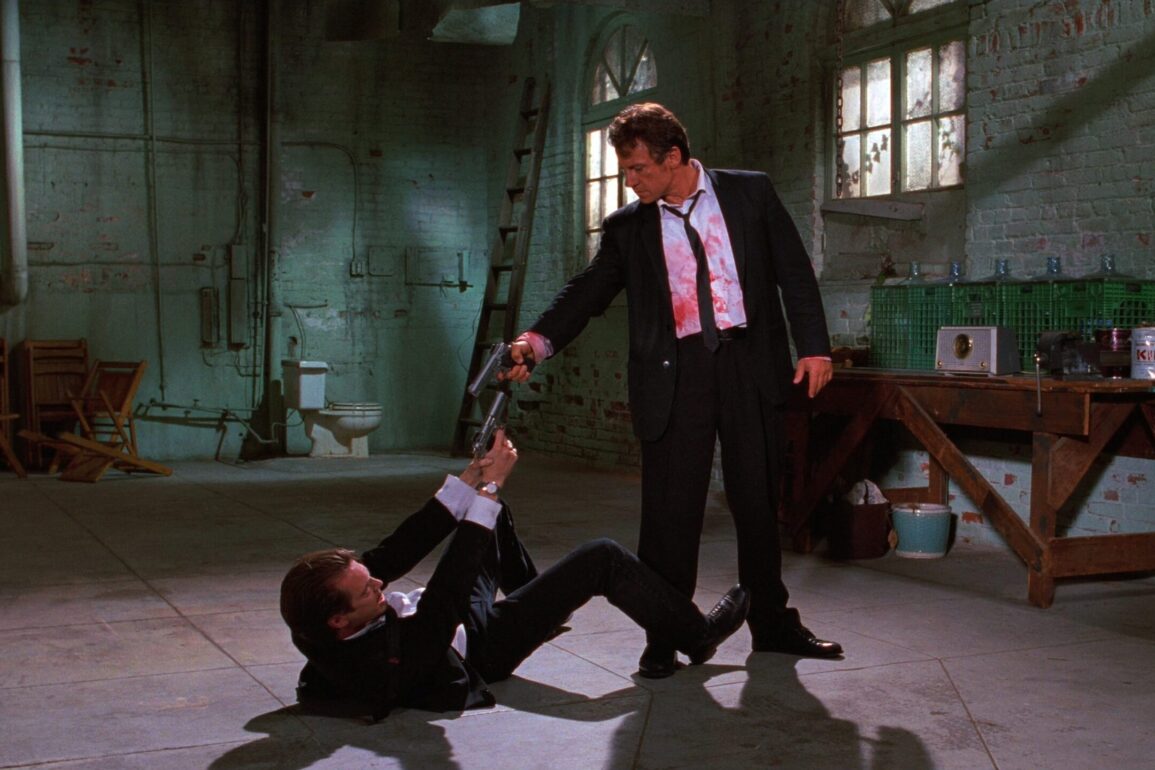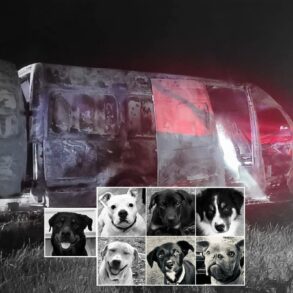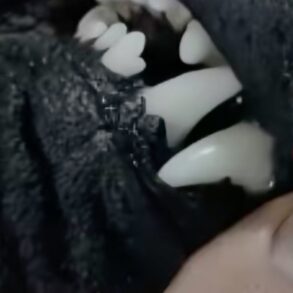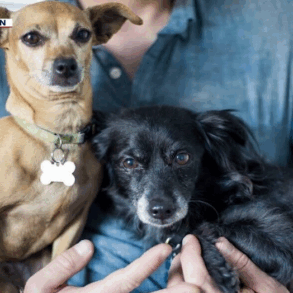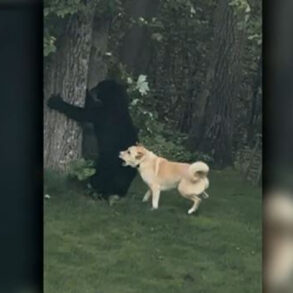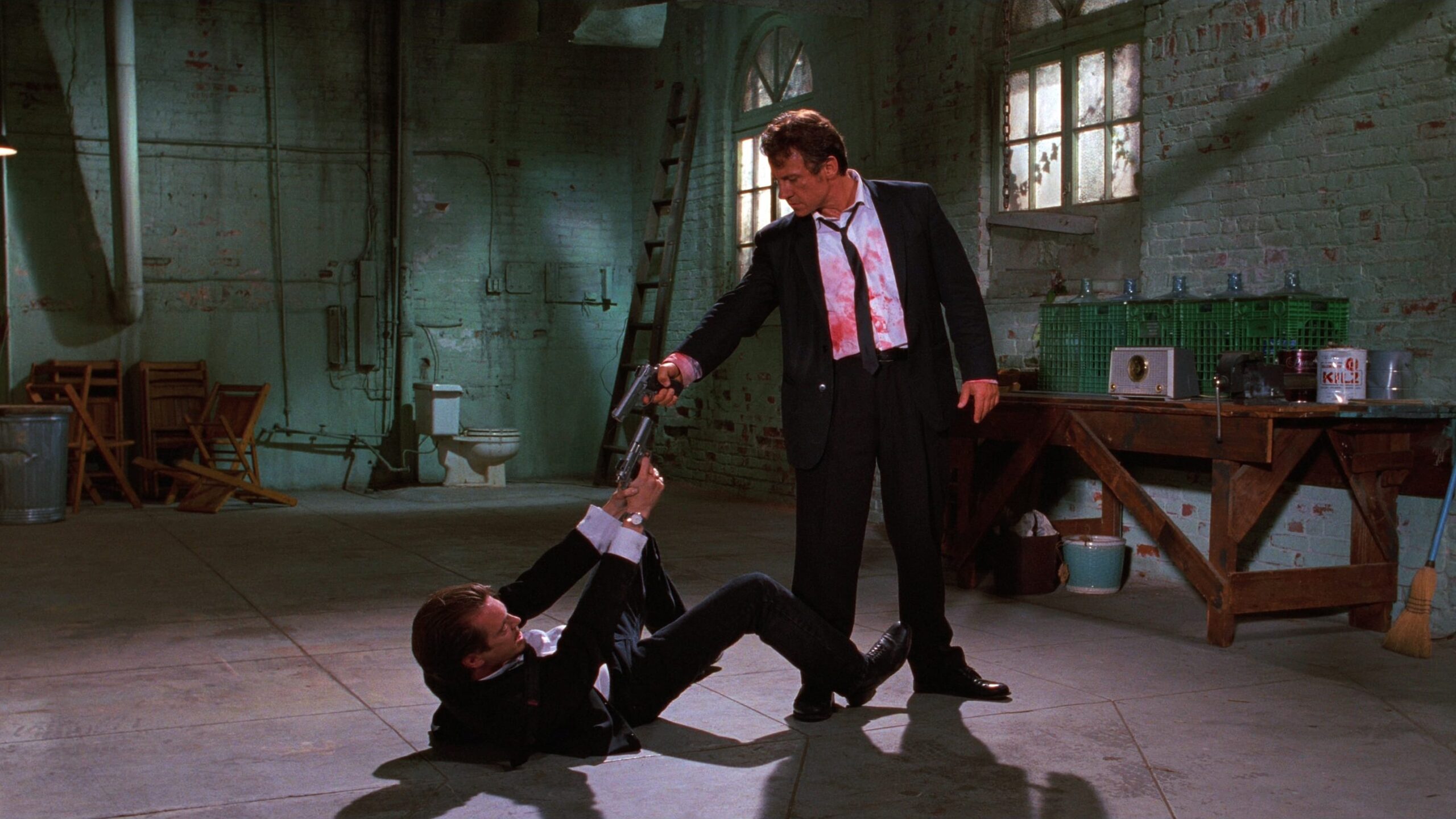
A review requested by John, with thanks to supporting Alternate Ending as a donor through Patreon.
Would it be overstating things to call Reservoir Dogs the most important American film of the 1990s? It would depend on exactly how we’re electing to define “important”, I suppose, and maybe it would be safer to call it “the most influential” &c. At any rate, I think it would be dishonest to have that conversation without at least mentioning Reservoir Dogs. If you feel, as I feel, that the main story of movies in the 1990s in the United States was the explosion of commercially viable indie cinema, it is an era-defining work. There was a robust indie scene in the U.S. in the 1980s, with the early work of filmmakers whose names have since been etched in the stones of legend – Jim Jarmusch, Spike Lee, Joel & Ethan Coen, Penelope Spheeris, Errol Morris, Gus Van Sant – but it was nothing like the tidal wave of indie and semi-indie and fake-indie filmmaking that dominated the 1990s in a way that it never had before and never has since. Surely something would have triggered that explosion, if it wasn’t Reservoir Dogs that, but in our reality, nothing else did. And any alternate reality would have had indie films that looked very than ours, where “knock-off of Quentin Tarantino” became its own extremely populous subgenre in that era. And when critics would call a film “Tarantinoesque”, as happened with dozens of films over the years, it was never because it reminded them of Pulp Fiction. Nobody would dare try to copy such a formidable, single work as Pulp Fiction. People tried to copy the shit out of Reservoir Dogs. Violent crime drama with lots of florid profanity in the dialogue and snappy, brittle quips, often related to semi-obscure pop culture detritus from the writer’s adolescence, the script involves a chronologically broken structure that you need to assemble like a jigsaw puzzle while you’re watching, soundtrack jammed wall-to-wall with an immaculately-curated list of songs that probably cost more than any other single line-item on the budget, released by Miramax (which, to a large degree, became “Miramax” primarily on the basis of the one-two punch of this and The Crying Game coming out within five weeks of each other), Steve Buscemi and Harvey Keitel are hanging around in the cast. The more of those boxes a film checked, the Indiewood-ier it was. Reservoir Dogs checks all of them; Reservoir Dogs wrote the damn checklist.
All of these things can be true – and I think they are; I actually do think if we’re going to pick one single title to call “the most important American film of the 1990s” there’s not a more readily-defensible candidate for that honor – without it also being the case that Reservoir Dogs is the best American film of the 1990s, or necessarily all that close to it. I would immediately clarify, I like the film well enough, and there are certain aspects of it that I fully love. The worst thing that ever happened to Reservoir Dogs is that first-time director Quentin Tarantino enjoyed such extraordinary success as a result of making it that he was immediately able to follow it up with Pulp Fiction, and I think it’s just plainly the case that Pulp Fiction is better at doing almost exactly the same things that Reservoir Dogs does. The one specific thing that the 1992 film can definitely hold over the 1994 film is that it is a much better delivery system for Buscemi, who I think is giving one of his best performances here (to be sure, Pulp Fiction is not actually trying to be a Buscemi delivery system – as if that’s any sort of defense!). Otherwise, Tarantino’s sophomore effort is so confident and bold, made by someone with an electrifying sense of how to weave images together and bring actors to places that they had never offered evidence of being able to get to, it retroactively makes Reservoir Dogs seem a little less impressive, more of a promising first draft than a major work by a major filmmaker. In his intervening features, Tarantino has almost exclusively improved on this film, in my opinion, sometimes improving on it in very direct ways.
Conveniently, the film immediately presents its strengths and its limitations, its influence for both good and evil, right at the start. The film’s opening scene – which I imagine to be an unbelievably famous and iconic opening scene that everybody knows in the abstract if not in the specific details, but maybe that’s asking too much 32 years later, so I guess I ought to quickly summarize it – feels somewhat deliberately like a manifesto: Tarantino declaring what his idiosyncratic new voice is going to be, what kind of singular experience we will get from his first feature. Given the anal-retentive obsessiveness with which he has curated his career since then, obviously caring as much about projecting the image of Being An Auteur as just making the goddamn movies, I would not be remotely surprised to learn that it is exactly what it feels like. At any rate, it is a remarkably offbeat way to start a movie about criminals being shot by cops and stealing diamonds and screaming at each other and committing torture: eight guys shooting the shit around a table in a diner, having unbelievably pedestrian conversations. I think it would be entirely impossible, if you didn’t already know, to guess that this was any kind of crime picture from the opening scene. In my head, it’s primarily the scene where Tarantino gives himself a grand-scale monologue about the Madonna song “Like a Virgin” being subtextually about having sex with a guy who has a huge dick, which manages to be several things all at once: a vulgar display of bad-taste humor, but also the first indication that this film wants us to take pop culture extraordinarily seriously and believes nothing in pop culture is remotely disposable (I think there’s a straight line from the Madonna monologue here to the Superman monologue in Kill Bill, Vol. 2). It also lays bare the very particular cadences of Tarantino’s dialogue writing, extremely articulate language pressed into elaborate sentences mixed with staccato bursts of crude interjections and sarcasm; it also lets this dialogue stretch on luxuriously to give the actors lots of room to play with it. More unhappily, it also demonstrates that Tarantino has a stunningly unpleasant screen presence and no gift for delivering lines on-camera in a way that resembles any kind of speech delivered by any kind of human, and giving himself a load-bearing function in one of the most crucial scenes in a feature film was an extremely bad call.
It’s bawdy and disarming, a defiantly relaxed and urgency-free way to start a movie – the scene represents something close to 10% of the entire 99-minute running time – that nevertheless has enough crackle in the writing that it doesn’t feel slow. But this comes at a cost of being very self-indulgent; the “Like a Virgin” monologue is actually fairly concise, but the other main anchor to the scene is a debate about tipping in which Buscemi matter-of-factly refuses to abide by the rules governing human social interaction and seems to think everybody else is weird for not being an enormous sociopath. And it’s fun and helps flesh out Buscemi’s character a great deal very early on – he’s the individual member of the large-ish lead cast that we have the best sense of after the prologue is over – but it also simply overwritten; it covers the same ground multiple times, and it very quickly becomes obvious that Tarantino was falling in love with the ebb and flow of his writing and just let it go on until he started to feel it petering out. It feels very much liken an exercise, both for the writer and the actor, a chance to take away any sort of requirement that the screenplay do anything, but just offer a place to enjoy the moment and that’s… look if it were anybody but Buscemi, I think it would be obvious this wasn’t playing at all; because it is Buscemi, I think you can kind of get lost in the tart way he delivers this, not as a snide man defending his antisocial behavior, but a crude philosopher mildly living in his ideas. But it still goes on and on, and it’s not the only part of the opening scene that does. Again: it’s about 10% of the whole movie. That’s really a hell of a lot.
Nor is it the only place that conversations tend to spool out somewhat shapelessly, and that’s one of the main weaknesses with the script, I’d say: there’s just no discipline at all. Practically every character interaction extends beyond its natural lifespan, some of them pretty much as soon as they start. Very late in the film, there’s an impressively sprawling sequence where Tim Roth rehearses and delivers and then imagines he’s inside one ongoing story, and the flow of that single monologue across several scenes and locations without pausing is certainly a bravura gesture that’s very “cool”, but it also cuts into the film’s momentum pretty nastily right when it seemed like it was about to start tightening things down for the climax. A filmmaker with a stronger focus on the actual flow of his narrative and not just on the baroque mechanics of narration would have maybe figured out a way to move this knockout gesture earlier in the film, when “coolness” would feel like less of an imposition; a filmmaker who wasn’t so obviously treating the whole movie as the sandbox he’d been waiting to play in his whole life might have had the ice-cold discipline to cut the sequence altogether, since other than giving Roth something meaty to do, there’s not really any point to the monologue. It’s not like the fake story being told is actually all that interesting or funny. It’s edited in a neat way, that’s about it. And even the chronologically broken-up narration isn’t really doing much; the cut from the opening credits to the chaos of a robbery-gone wrong is outstanding, and the good thing about holding Roth’s flashback for last is that the movie backloads all of its exposition in a way that makes the story much more interesting to grip onto, but the middle flashbacks just feel a bit perfunctory.
That being said, Reservoir Dogs had such an outlandishly huge influence on films that followed it for years afterwards for an actual reason. It’s a brash, swaggering thing, very clearly trying to create a new energy that hadn’t existed in American cinema for a long time, and never really quite worked as well in the States as it did in the French New Wave, which is an extremely obvious touchstone for this film even without Tarantino making the influence explicit later, when he named his production company A Band Apart (a pun on the French title of Jean-Luc Godard’s Band of Outsiders). Introducing a bunch of tough-guy criminals by having them argue about a Madonna song is straight from the Masculin féminin playbook. And there’s something very New Wavey about the film’s anti-genre trickery: easy to overlook in the chatter about the profanity, the torture scene, the dialogue, the narrative structure, all the things that have been central to Reservoir Dogs‘s reception for three decades, is that it’s a film about a diamond heist that shows us absolutely none of the heist itself and only one scene, in flashback, that portrays the violent cops & robbers chase afterwards. It is, in fact, a very chaste and withholding film in terms of genre mechanics: if all you knew of the film was people getting antsy about the scene where a guy cuts another guy’s ear off, it would perhaps astonish you to learn that during the scene in question, the film makes a great big show of panning left and up to not depict the ear-cutting, a camaera move so blatant and bizarre that it practically qualifies as breaking the fourth wall all by itself. The other big “cop movie” scene happens off-camera as well, also at the end of an extremely visible camera movement (a push-in) designed to call attention to the fact that movie isn’t actually showing us “what we came to see”. There’s a lot packed into those little gestures, the way that the film is ultimately so spare and minimalist – not counting flashbacks, the “present tense” scenes take place in a grand total of two locations: a diner and the loading dock of an empty warehouse – despite its reputation for going over the top. Possible that Tarantino’s approach to dialogue was just that transformative in 1992, because he’s not really a very flashy director here, other than those big camera movements.
Reservoir Dogs is, I’d go so far as to say, actually kind of drab, placing its main cast in basically-identical black suits with white shirts and black ties (the main actors are all wearing slightly variant costumes – Michael Madsen has cowboy boots, most obviously – but these don’t really “play” visually due to the film’s preference for wide shots, the better to keep all the actors pinging off of each other). Andrzej Sekuła’s camera moves around restlessly, but there are very few “cool” shots, and at times, Tarantino’s freshness as a filmmaker is obvious in the uncertain blocking. He’s obviously trying very hard to “transform” the compositions in the middle of long takes by moving the actors one way and moving the camera another, but most of the time the composition where we started feels better than the composition where we end, where things just weren’t quite choreographed properly, and the framing feels a bit open. It’s a film that has a lot more negative space than it knows what to do with; I would say at a minimum that Tarantino needed to make at least one movie before diving feet-first into anamorphic widescreen. I think it’s probably not an accident that by far the most famous scene, Madsen dancing to “Stuck in the Middle with You” and then cutting a cop’s ear off – is also the scene most heavily reliant on editing, with Sally Menke showing up on the ground floor to prove herself an essential collaborator, maybe the essential collaborator, in shaping Tarantino’s giddy visions into actual movies. Again, the kid’s got promise, but he needs refinement. He needs judgment, which is something Reservoir Dogs sometimes lacks. His ear for dialogue needs a bit more practice, too: for all of the great moments of comically tortured pop culture metaphors or the places where his career criminals speak in slightly elevated language that suggests their genre as a kind of pageant, meant to be taken more symbolically than literally (I am very partial to the formality of “If you shoot this man, you die next. Repeat: if you shoot this man, you die next”), there are several passages with overly hungry “clever” quips that just kind of quietly die. Buscemi’s “This is bad. This is so fucking bad. Is it bad?” followed by Keitel’s sarcastic “As opposed to good?” feels like something from a clumsy Joss Whedon impersonator more than anything out of the later Tarantino.
At the same time, even at its most clattering, the dialogue does its intended job of giving a nice shove to the cast, who are demonstrating that even in his first film, Tarantino was already an ace director of actors, something that he has never received nearly enough credit for despite the staggering number of “I didn’t know you had that in you” performances he just keeps extracting from actors as varied as John Travolta, Pam Grier, Darryl Hannah, Brad Pitt, Leonardo DiCaprio (twice!), and the list goes on and on. He’s not perfect here: I think Tim Roth has given a genuinely bad performance, strangling on his American accent (this was one of his first films after decamping to the U.S.) when there’s a perfectly legitimate reason hiding just centimeters deep in the script to let him use his native English accent, and he’s overplaying the histrionics as he lies on the floor bleeding, which is mostly what his character does in the film. But all three of Keitel, Buscemi, and Madsen are giving exemplary performances – a career-defining one, in Buscemi’s case. The combination of wisdom and petulance, cool-guy reserve and hothead ranting, that he brings to the irritable Mr. Pink (I have somehow failed to mention: all of the main characters are named after colors, as aliases), lays the groundwork for so many movie tough guys over the next several years, not just Buscemi’s own work. And it’s such a striking combination of moods all filtered through a remarkable affect, sneering but thoughtful, that even auteurs as persnickety as the Coen brothers didn’t have him do much beyond replicating it when they gave him the best role of his career in Fargo, four years later. Keitel and Madsen don’t quite rise to that instantly-iconic level – Keitel, like everything else about the movie, suffers from being immediately better in Pulp Fiction – but they’re both doing terrific things with tricky parts: in Keitel’s case as Mr. White, he’s single-handedly responsible for all the human warmth to be found in this slick, deadpan, cool movie about genre and narrative mechanics and stylistic dialogue, treating Roth’s character as a son without a single beat where the movie comes out and says “this is what’s happening”, while also being restricted from actually asking for or receiving our sympathy, since he’s in some ways the most dangerously wrong-headed member of the cast. Madsen, maybe even more impressively, is creating a tricky role where the script just has a violent madman; he is very specifically underplaying the psychopathic Mr. Blonde, not taking any opportunity to chew on the moments the script has provided for just that purpose, in the apparent (and justified) faith that he’ll be able to reflect Keitel’s performance back at him. Maybe this is about making Mr. Blonde scarier; maybe it’s just about not going over the top in a movie that really wouldn’t benefit from too much showy gaudiness.
Because it is a restrained movie, in some ways: it doesn’t call attention to some of its strangest gestures (introducing Tarantino’s Mr. Brown and Eddie Bunker’s Mr. Blue as lead characters and then simply excising from the film; showing us zero cops in a movie about running from the cops), and when I’m not thinking about it, I completely forget that the bulk of the script is basically written as a one-act play, taking place in real-time on a single set where the camera stays wide enough for us to watch the whole cast at once. And that contrast between the film’s simplicity in some ways and its brassy messiness in other ways is absolutely exciting, even if it sometimes doesn’t feel like it plays out the way Tarantino wanted it to. Again, I really do think the film’s biggest single problem is that the director learned so much from making it that he went on to keep making things that were better. But even here, we are clearly witnessing the formation of an artistic voice that knows exactly what it wants to do and wants to be, even if the artist in question had to refine his skills a bit in order to live up to his expectations for himself.
This post was originally published on this site be sure to check out more of their content.




